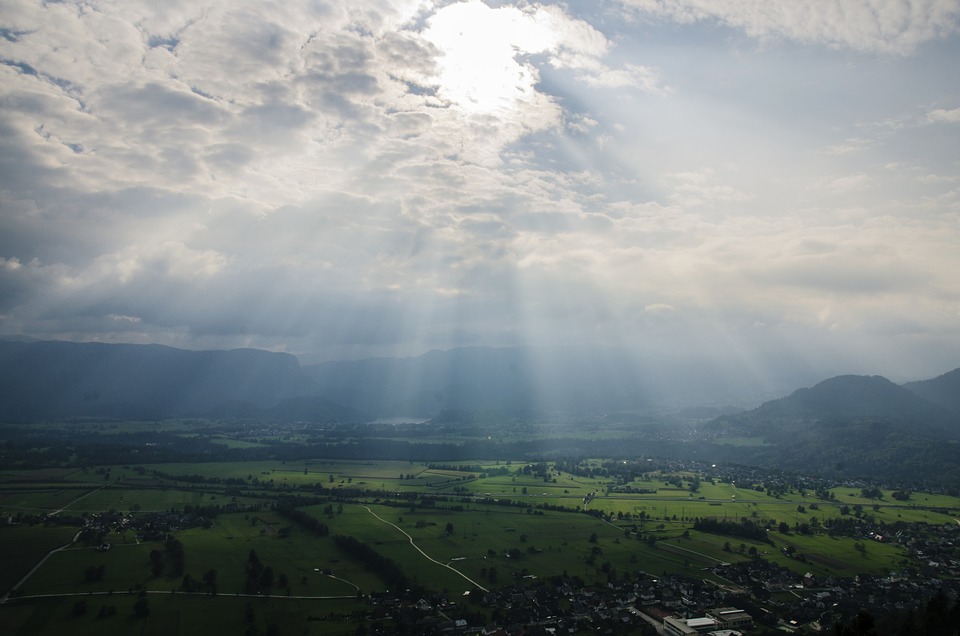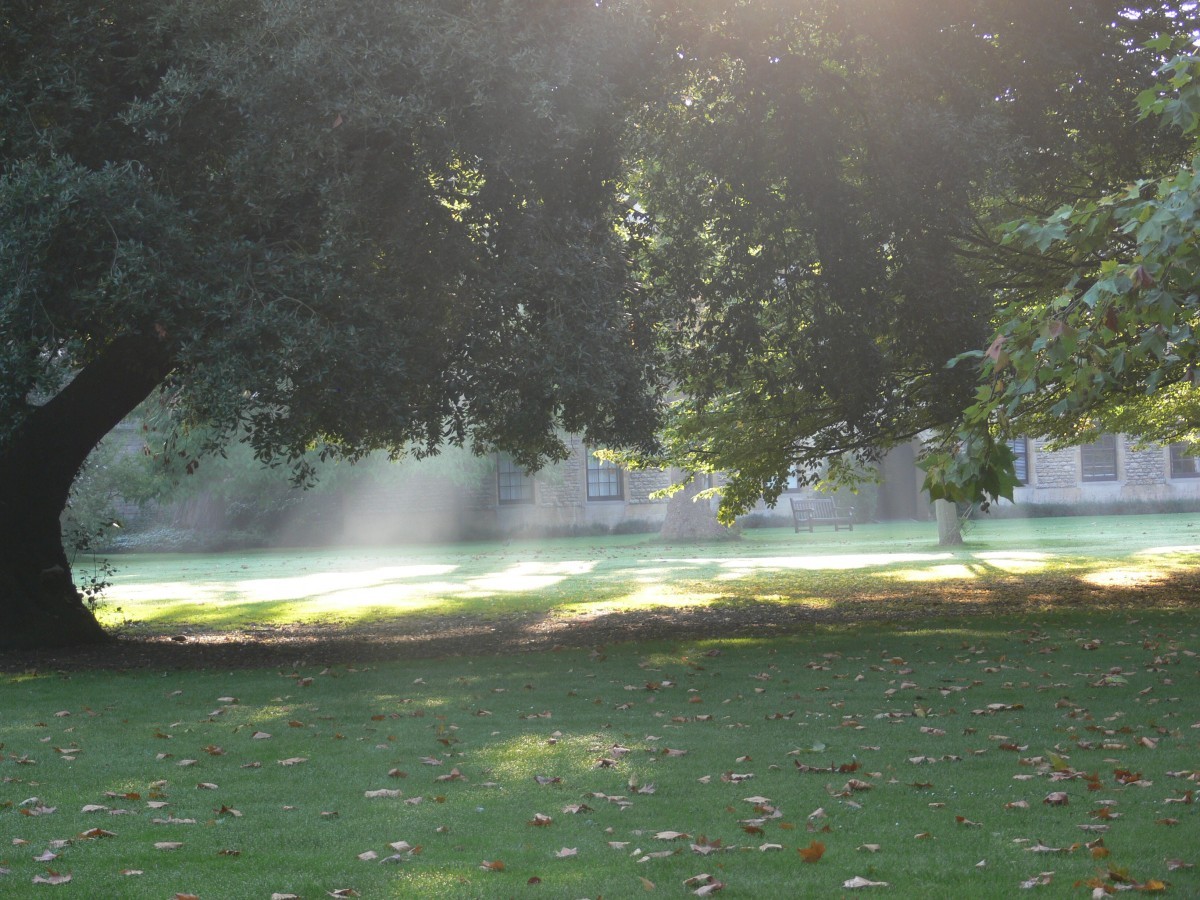Ask Ethan: Why do sunshine look like sunshine?

If you look at the Sun when it is partially obscured by clouds and hides behind these lumps of atmospheric water, you can see a familiar sight: rays of light breaking through the clouds and falling to the ground. Sometimes they seem parallel, sometimes they seem to diverge. Sometimes can see the shape of the sun through the clouds. Why it happens? Our reader this week asks :
Can you explain to me why on a cloudy day you can see the rays of the sun breaking through the clouds? It seems to me that since the Sun is much larger than the Earth, and since its photons reach us along approximately parallel paths, we should see the whole sky evenly lit, and not watch a small ball of light.
Most people do not even think about the amazing fact of the existence of sunlight.

On a typical sunny day, the whole sky is lit. The rays of the Sun fall to the Earth almost in parallel, since the Sun is very far away and it is very large compared to the Earth. The atmosphere is sufficiently transparent so that all the sunlight reaches the Earth’s surface or scatters in all directions. The last effect is responsible for the fact that on an overcast day outside you can see something - the atmosphere perfectly diffuses sunlight and fills the surrounding space.
')

That is why on a bright sunny day, your shadow will be darker than the rest of the surface on which it falls, but will nevertheless remain highlighted. In your shadow, you can look at the earth in the same way as if the sun had disappeared behind the clouds, and then everything else becomes as dim as your shadow, but it is still illuminated by diffused light.

With this in mind, let us return to the phenomenon of the sun's rays. Why, when the sun hides behind the clouds, sometimes you can see the rays of light? And why sometimes they look like parallel columns, and sometimes - as divergent?

The first thing you need to understand is that the dispersion of sunlight, when it collides with particles of the atmosphere and is redirected in all directions, always works, whether the sun hides behind the clouds or not. Therefore, during the day there is always a basic level of illumination. Therefore, this is the "day", and therefore, to find darkness during the day, you need to go deeper into the cave.

And what are the rays? They come from gaps or thin sections of clouds (or trees or other opaque objects) that do not block sunlight. This direct light seems brighter than its surroundings, but it is noticeable only if it contrasts with a dark, shadowy background! If this light is everywhere, there will be nothing remarkable in it, our eyes will adjust to it. But if a bright beam of light turns out to be brighter than its surroundings, your eyes notice this and tell you about the difference.

What about the shape of the rays? You might think that clouds work like lenses or prisms, deflecting or refracting rays and causing them to diverge. But this is not the case; clouds absorb and re-emit light equally in all directions, so they are opaque. The effect with the rays occurs only where the clouds do not absorb most of the light. When measurements are made, it turns out that these rays are actually parallel, which corresponds to a large distance from the Sun. If you observe the rays directed not to you and not from you, but perpendicular to the line of your sight, you will find exactly that.

The reason for which it seems to us that the rays "converge" to the Sun is the same, for which it seems to us that the rails or the roadbed converges at one point. These are parallel lines, one part of which is closer to you than the other. The sun is very far away, and the point from which the ray emanates is farther from you than the point of its contact with the Earth! This is not always obvious, but that is why the rays take the form of rays, which is clearly noticeable when it becomes clear how close you are to the end of the beam.

Therefore, we owe the presence of the beam to the perspective of the shadows surrounding it and the ability of our eyes to distinguish the brightness of direct light and the relative darkness surrounding it. And the reason why the rays seem to converge lies in perspective, and that the landing point of these actually parallel rays of light is closer to us than their starting point at the bottom of the clouds. This is the science of sunlight, and this is why they look that way!
Source: https://habr.com/ru/post/403993/
All Articles